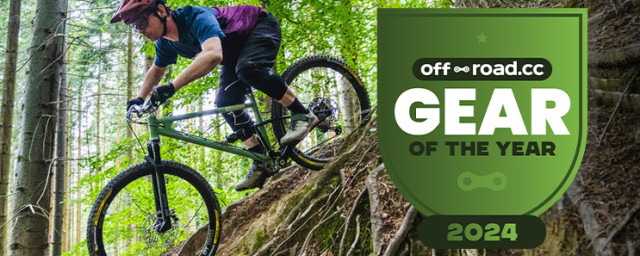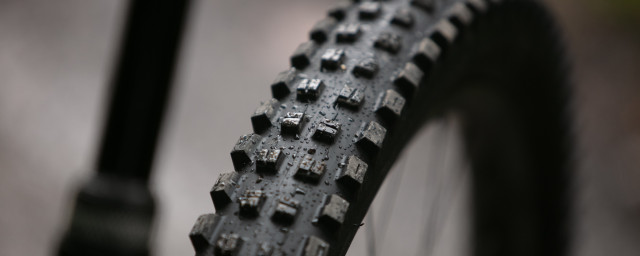
- Flat and accurate rotor
- Superb bite
- No more expensive than the stock pads and rotors
- No pad fitting hardware included
If you're after a set of new disc rotors and matching pads, the SwissStop Catalyst rotor and matching sintered pads offer strong and silent performance that's no more expensive that original equipment replacements.
- The best (and worst) mountain bike upgrades under £100
- Review: Disco Brakes Floating Brake Rotor
- Feature: Brake tech with SRAM - how fade really happens, DOT vs mineral and more
With most replacement brakes pads upwards of £20 a set, the main reason mountain bikers buy third-party pads is to save money but swapping to a high-quality set of pads can really make a big difference to performance and in some cases is no more expensive.
To reap the most benefit I decided to take a look at SwissStop’s sintered brake pads and matching Catalyst Rotors. The company makes replacement pads for most of the brakes out there, all are the £25.99 regardless of the age or model of brake. The company’s rotors also come in several sizes, including 140, 160, 180 and 203mm and sell for £46.99 each.
To let people know you’re running different brakes pads in your callipers, SwissStop colours the backing plate of its sintered pads green. Other than that the pads are virtually the same thickness and shape as the SRAM Guide models they replaced. They even come with high quality pads springs but you will need to reuse the fitting hardware as spare bolts/pins are not included.
The SwissStop Catalyst rotor is a two-piece design, which means it has a lightweight 7075-T6 aluminium spider with a SUS410 stainless steel brake track. This blend of stainless steels sounds special but it’s actually what most high-end brake manufacturers use. What’s different about the Catalyst rotors is they are incredibly flat and even, and getting them to run without rubbing was a joy.
Over the years I’ve tested dozens of aftermarket brake pads and often I’m unable to feel any real upgrade in performance but with the SwissStop pads and rotors fitted things were different. First-off the pads and rotors bedded in instantly. Usually, with most new pads and rotors you have to undertake several hard stops before the brakes bed in. Several things happen at this point – the glazed surface left by manufacturing wears away, pad material is deposited on the rotor, which increases friction, and the pads also gets a bit of heat into them, which improves durability. Sometimes it can take a good 20-30minutes for a brake to bed in but the SwissStop came up straight away.
Although the amount of power available didn’t change, there was noticeably more bite with the SwissStops than the stock pads. I could really feel increased friction on the rotor and there was none of the hesitancy at the initial point of contact. What was also noticeable, especially riding in damp or wet conditions was the noise or lack of it. Most brakes squeal a bit in the wet but the SwissStop pads and rotors have been totally silent.
Due to the changing conditions, it’s difficult to really gauge pad wear during the winter months but I’d say the SwissStop pads have been harder wearing than the stock Guide pads too. Although the Catalyst rotors don’t come in all sizes and lack the rounded corners you see SRAM’s latest Centerline rotors, the two-piece design is definitely truer and the rotors remained that way throughout testing.
Replacement SRAM rotors and pads for Guide brakes are pretty similar in price but with the extra bite and durability I’d definitely upgrade to these Swiss made pads. I’d also push for the Catalyst rotor if you’re looking to replace a worn out or damaged disc or changing sizes.












Add comment